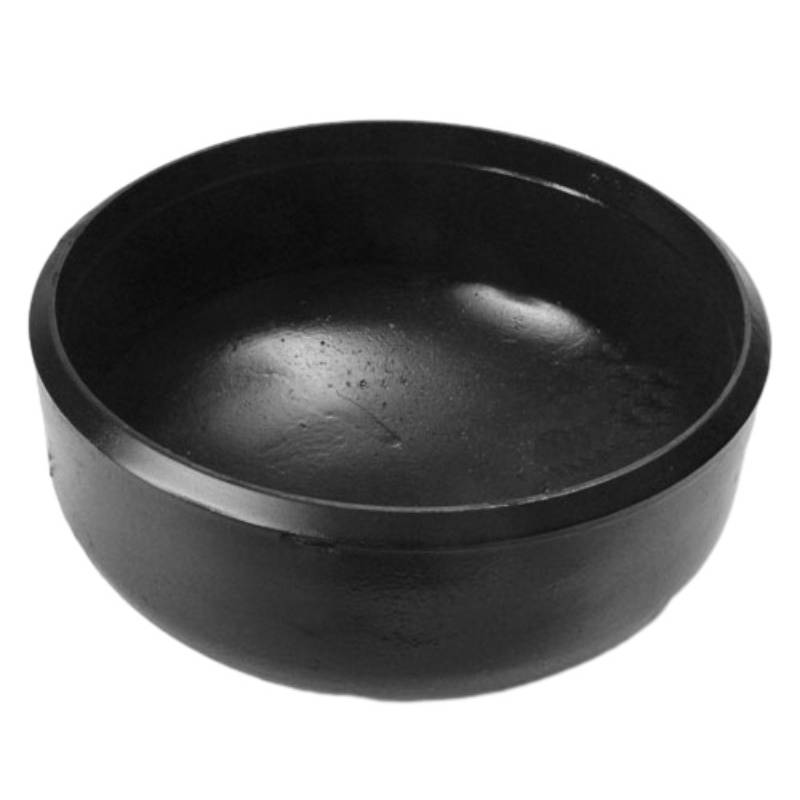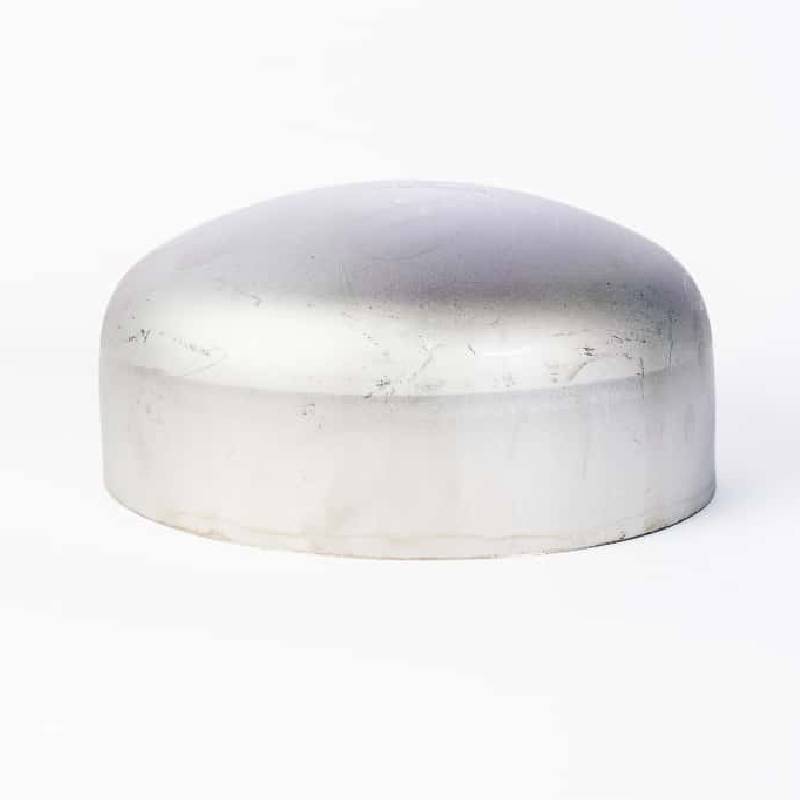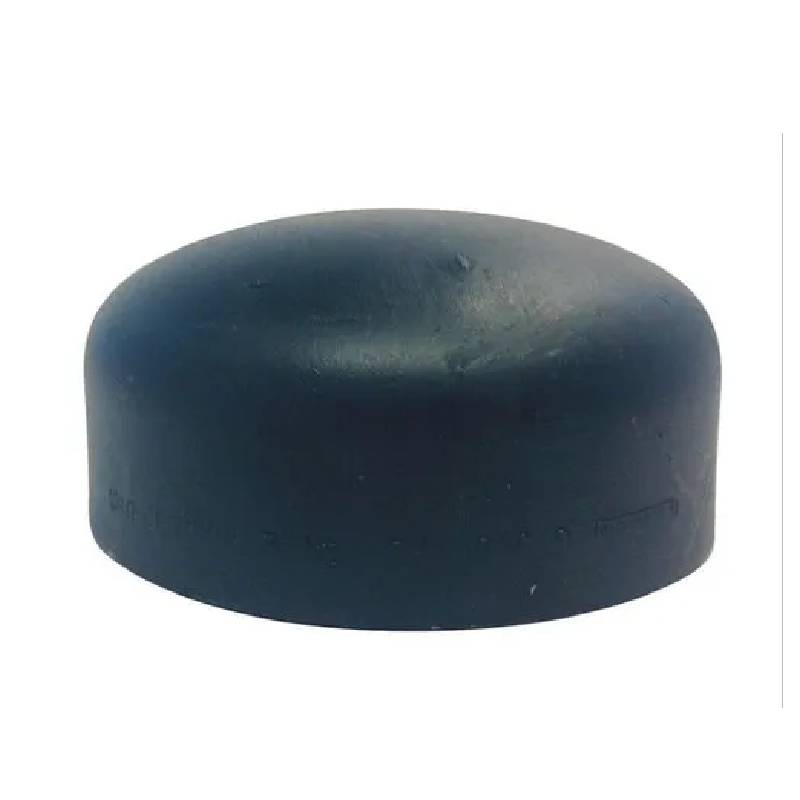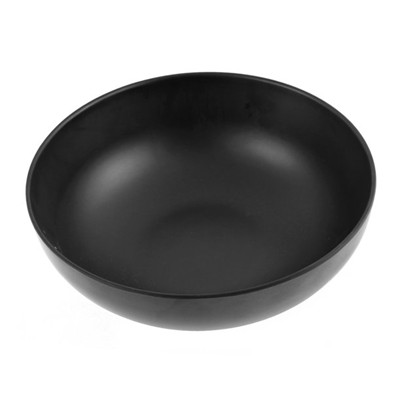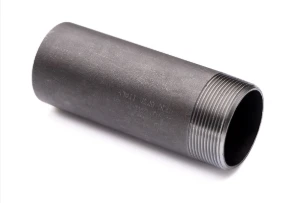-
Hoʻokō maʻamau:
ʻO ANSI/ASME B16.9 nā pāpale wili-weld e pili ana i nā kikoʻī i hōʻike ʻia e ka American National Standards Institute (ANSI) a me ka American Society of Mechanical Engineers (ASME). ʻO kēia hoʻohālikelike e hōʻoiaʻiʻo i ka kūlike, ka hoʻohālikelike, a me ka hilinaʻi i ka hoʻolālā a me ka hana, e hoʻomaʻamaʻa i ka hoʻohui pono ʻana i nā ʻōnaehana paipu.
-
Hoʻohui Butt-Welding:
Hoʻokomo ʻia nā pāpale wili puʻupuʻu ma ka wili pololei ʻana iā lākou ma ka hopena o kahi paipu, e hana ana i kahi pilina paʻa a paʻa. ʻO ka ʻenehana hoʻoheheʻe kuʻekuʻe e pili ana i ka hoʻomehana ʻana i nā welau o ka paipu a me ka pāpale a hiki i ka helu heheʻe, a laila kaomi pū iā lākou e hana i kahi paʻa metallurgical. Hāʻawi kēia ʻano kuʻi ʻana i kahi hui ikaika a leak-proof, e hoʻopau ana i ka pono o nā mea hoʻopaʻa hoʻopaʻa.
-
Pani pani ʻia:
ʻO ka hana nui o nā pāpale wili-weld ka hāʻawi ʻana i kahi pani i hoʻopaʻa ʻia no ka hopena o nā paipu i loko o kahi ʻōnaehana paipu. Hōʻike kēia mau pāpale i kahi ʻaoʻao domed a palahalaha paha e uhi ana i ka wehe ʻana o ka paipu, e pale ana i ke komo ʻana a i ʻole ka puka ʻana o nā wai a i ʻole nā kinoea. ʻO ka pilina welded e hōʻoia i kahi sila paʻa, e hōʻemi ana i ka pilikia o ka leaks a mālama i ka pono o ka ʻōnaehana.
-
Koho Material:
Loaʻa nā pāpale butt-weld i nā mea like ʻole e kūpono i nā kūlana hana like ʻole a me ka media. ʻO nā mea maʻamau e pili ana i ke kila kalapona, ke kila kila, ke kila kila, a me nā mea hao ʻole e like me ke keleawe a me ke keleawe. ʻO ke koho ʻana o nā mea e pili ana i nā mea e like me ka mahana, ke kaomi, ka pale ʻana i ka corrosion, a me ka launa pū me ka wai e lawe ʻia ana.
-
Nā mea hoʻohana like ʻole:
ʻIke ʻia nā pāpale wili-weld ANSI/ASME B16.9 i nā noi ma waena o nā ʻoihana like ʻole, me ka aila a me ke kinoea, ka petrochemical, ka hana kemika, ka mālama wai, a me ka hana mana. Hoʻohana ʻia lākou no ka hoʻopaʻa ʻana i nā wēlau o nā pipelines, nā moku, nā pahu, a me nā mea hana, e hāʻawi ana i ka pale mai ka ʻinoʻino, corrosion, a me nā pōʻino o ke kaiapuni.
-
Nā koho hoʻopilikino:
ʻOiai e pili ana nā pāpale butt-weld i nā ana maʻamau a me nā kikoʻī, loaʻa nā koho hoʻoponopono e hoʻokō i nā koi o ka papahana. Hiki i kēia ke komo i nā ʻano like ʻole o ka nui o ka pāpale, ka mānoanoa, ka pae waiwai, a me ka pau ʻana o ka ʻili. Hiki ke hoʻopili ʻia nā pāpale i hoʻopili ʻia e kūpono i nā hoʻonohonoho paipu kūʻokoʻa a hoʻokipa i nā kūlana kūikawā a i ʻole nā kaiapuni hana.
Buttweld Fittings Manufacturing Process
The manufacturing of buttweld fittings primarily involves two methods: cold drawing and hot forming.
The general steps in the process are as follows:
1. Material Preparation
The initial stage involves sourcing and preparing the raw materials needed for production.
2. Cutting
Pipes or plates are cut into specified shapes or lengths as per requirements.
3. Forming
The materials are shaped into various configurations, such as buttweld pipe caps, 90-degree elbows, and reducing tees. Cold drawn products are formed directly into their designated shapes using hammers, mechanical presses, or upsetters. In contrast, the hot forming process begins with heating the material, followed by shaping it.
4. Heat Treatment
This process entails heating and cooling the metals to alter their microstructure, enhancing both physical and mechanical properties to achieve the desired characteristics.
5. Machining
Sharp cutting tools are employed in this stage to refine shapes and prepare the ends of the fittings.
6. Inspection and Testing
The products undergo a thorough inspection in accordance with relevant standards, checking dimensions, material quality, and appearance.
7. Coating (if required)
Finally, a coating may be applied as necessary to meet specific requirements.
Butt Weld Pipe Cap FAQs
-
What materials are the butt weld pipe caps made from?
- Our butt weld pipe caps are crafted from high-quality materials including carbon steel, stainless steel, and alloy steel. This selection ensures durability and resistance to corrosion, making them suitable for a wide range of applications in various industries such as oil and gas, water supply, and construction.
-
What sizes are available for the butt weld pipe caps?
- We offer a comprehensive range of sizes for our butt weld pipe caps, from small diameters to large fittings, accommodating various pipe sizes. Please refer to the product listing for specific dimensions or contact our customer support for assistance in selecting the appropriate size for your project needs.
-
Are these butt-weld pipe caps suitable for high-pressure applications?
- Yes, our butt weld pipe caps are designed to support high-pressure applications. They meet industry standards and specifications, providing a secure and leak-proof seal that can withstand significant pressure levels. Be sure to check the specifications to ensure compatibility with your particular system requirements.
-
How do I install the butt weld pipe caps?
- Installing butt weld pipe caps requires welding them directly to the pipe for a strong, permanent connection. We recommend using qualified welders and following proper welding procedures to ensure a secure fit and maintain the integrity of the piping system. For detailed installation guidelines, please consult the accompanying technical documentation.
-
Can these butt-weld pipe caps be used in outdoor applications?
Absolutely! Our butt weld pipe caps are suitable for both indoor and outdoor applications. They are built to withstand environmental factors, making them ideal for exterior installations. For prolonged exposure to harsh conditions, we recommend our stainless steel options for enhanced resistance to corrosion.
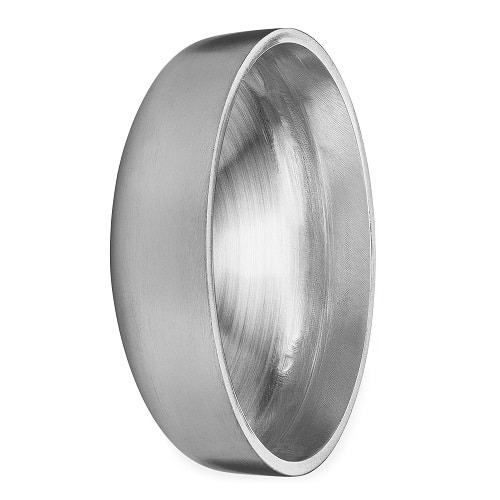
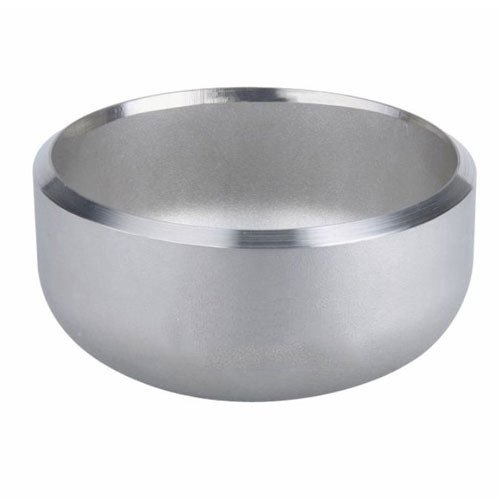
ʻO ANSI / ASME B16.9 nā pāpale wili-weld he mea koʻikoʻi i nā ʻōnaehana paipu ʻoihana, e hāʻawi ana i kahi pani paʻa a me ka leak-proof no nā hopena paipu. ʻO kā lākou hoʻokō ʻana i nā kūlana ANSI a me ASME, ka pilina butt-weld, ka hiki ke hoʻopaʻa ʻana, a me ka versatility i mea nui i nā noi like ʻole ma nā ʻoihana. Me nā pāpale wili puʻupuʻu, hiki i nā ʻenekinia a me nā mea hoʻohana ke hōʻoia i ka kūpaʻa, palekana, a me ka pono o kā lākou ʻōnaehana paipu, e hāʻawi ana i nā hana maʻalahi a me ka pilikia ʻole.







